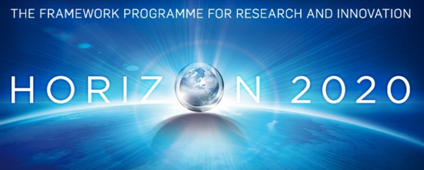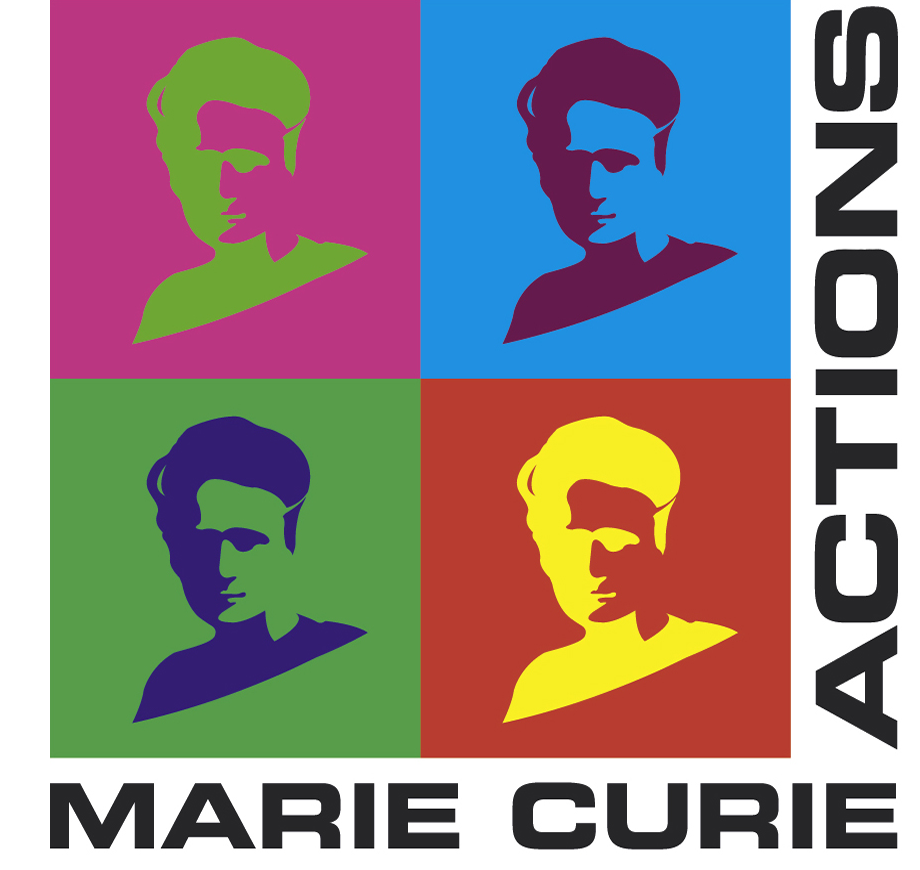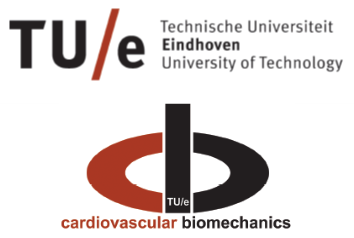Simulation of transcatheter aortic valve implantation (TAVI)
Early Stage Researcher: Giorgia Rocatello
Host institution: UGENT
Objectives
The enrolled ESR will closely collaborate with a team of engineers from UGENT and FEops and with interventional cardiologists from AZMM hospitals, focusing on TAVI implantation. The ESR will further improve, validate and use a computational framework, called TAVIguide developed by FEops, that allows to accurately simulate TAVI procedures.
This virtual framework will be used to compare and investigate the biomechanical behavior of the currently available devices. Patient-specific image data, provided by the two clinical centers, will be converted to virtual 3D models using image segmentation software (cfr. T2.5). TAVI valves will be virtually implanted using finite element analysis simulations, thanks to the expertise in virtual deployment of (traditional) balloon- and self-expandable stents and in the study of blood-artificial valves interaction available at UGENT and FEops (Mortier P et al. ANN BIOMED ENGNG, 2010;38:88-99; De Beule M et al. J BIOMECHANICS, 2008;41:383-389). The ESR will focus on modeling aspects as well as on experimental and clinical studies.
Expected Results
(i) a validated virtual framework for the implantation of second generation balloon and self-expandable stented valves and (ii) a database build to contain patient-specific models of the ascending thoracic aorta, including the aortic root and the left ventricular outflow tract. Both will be used to virtually analyze and compare existing devices, formulate design and procedural guidelines, and to develop new transcatheter heart valves. These state-of-the-art simulations will be integrated in virtual pre-operative planning tool for TAVI and provide the scientific evidence for its potential impact on reducing the current high complication rates.





